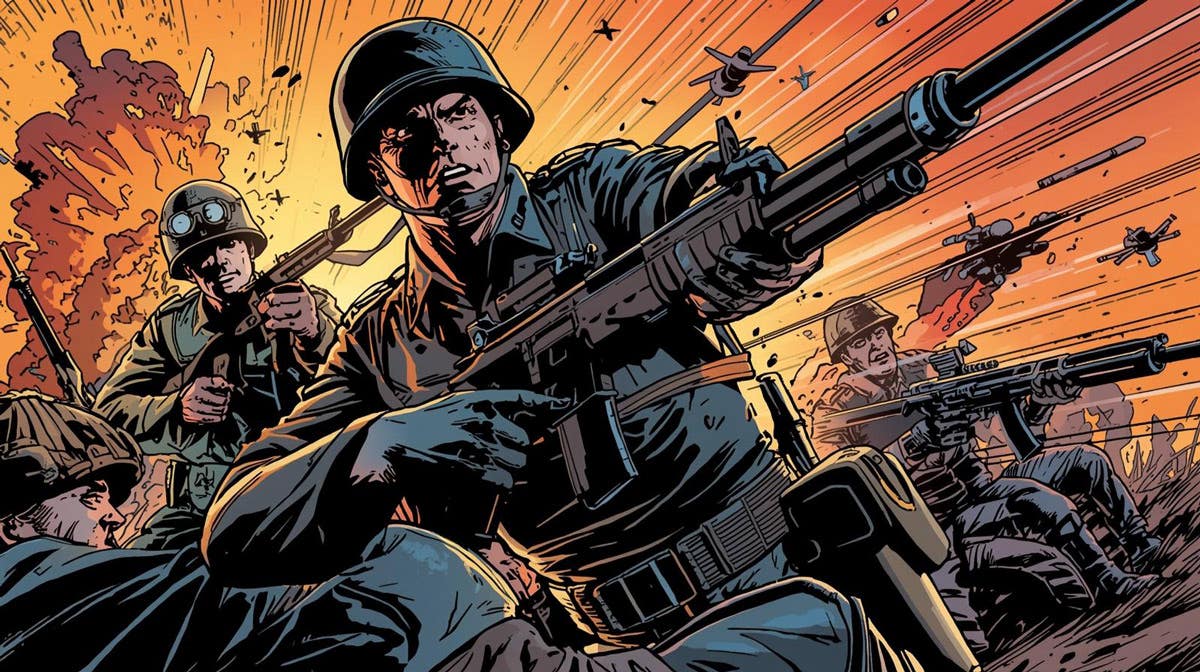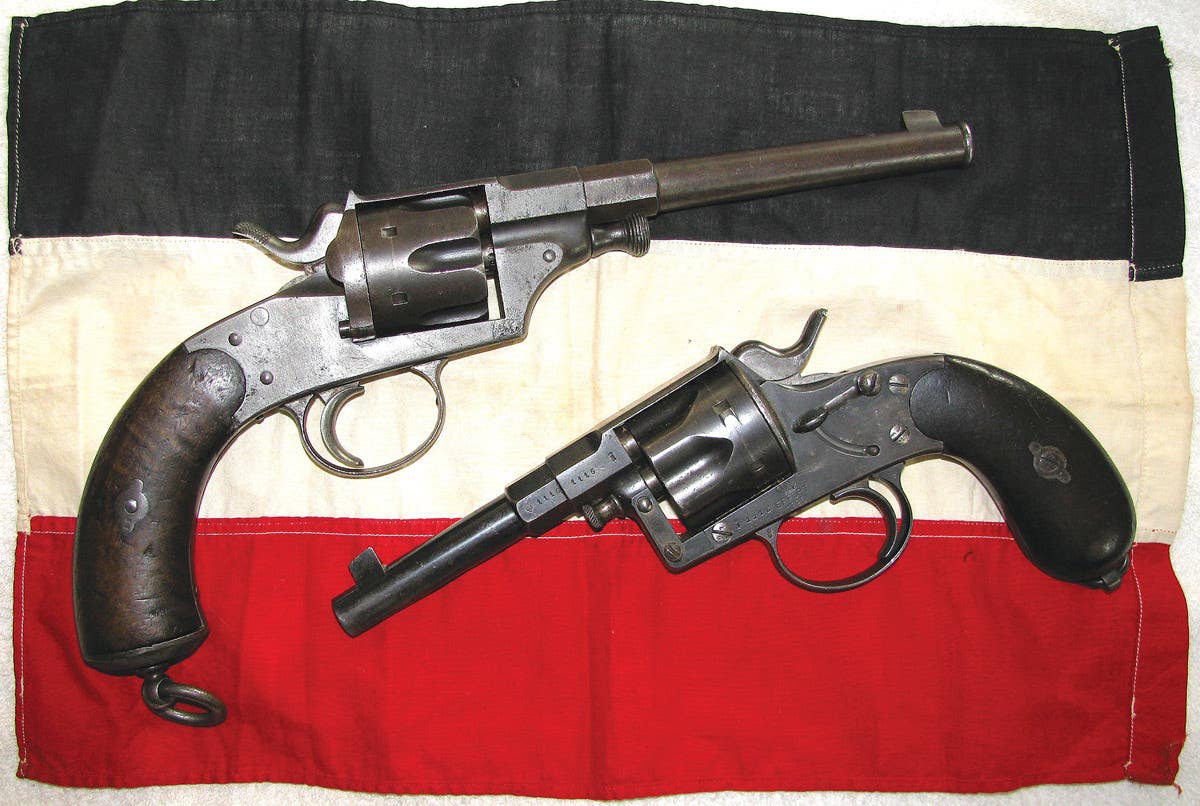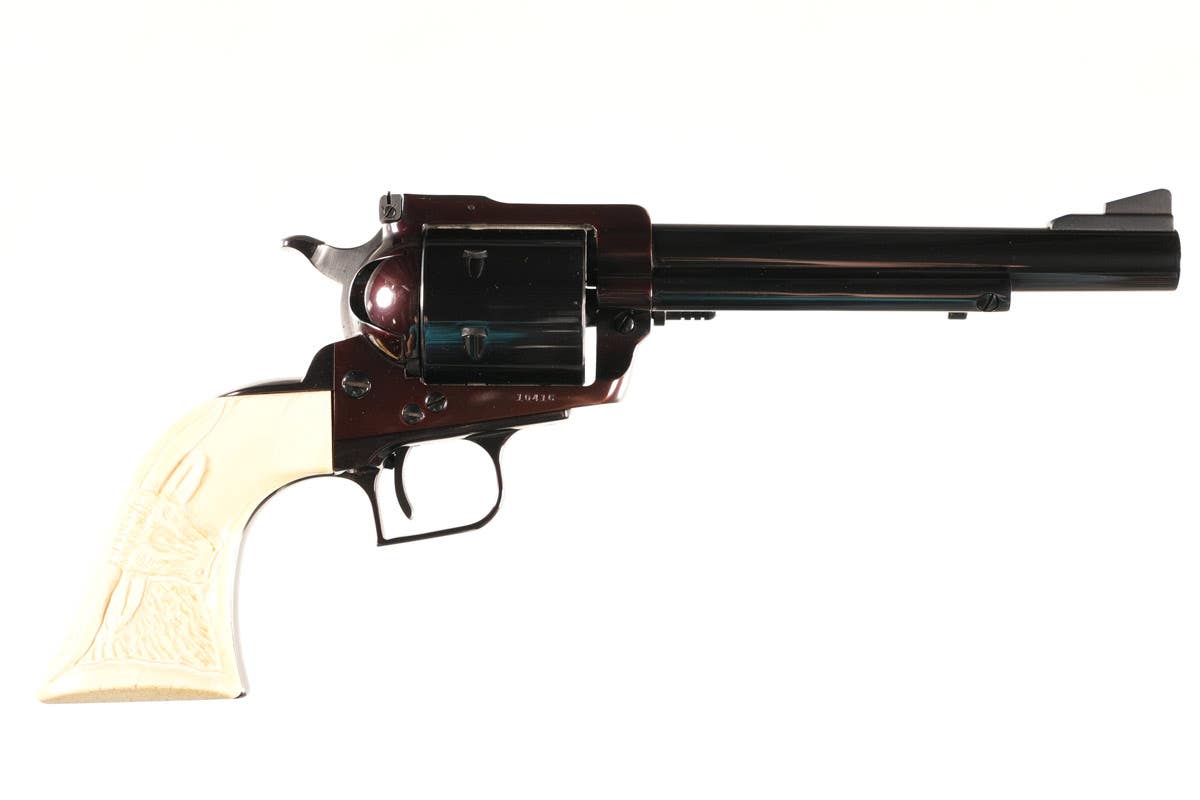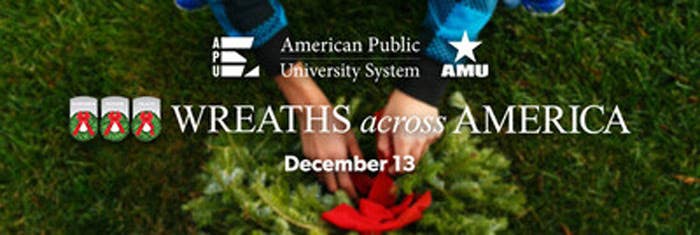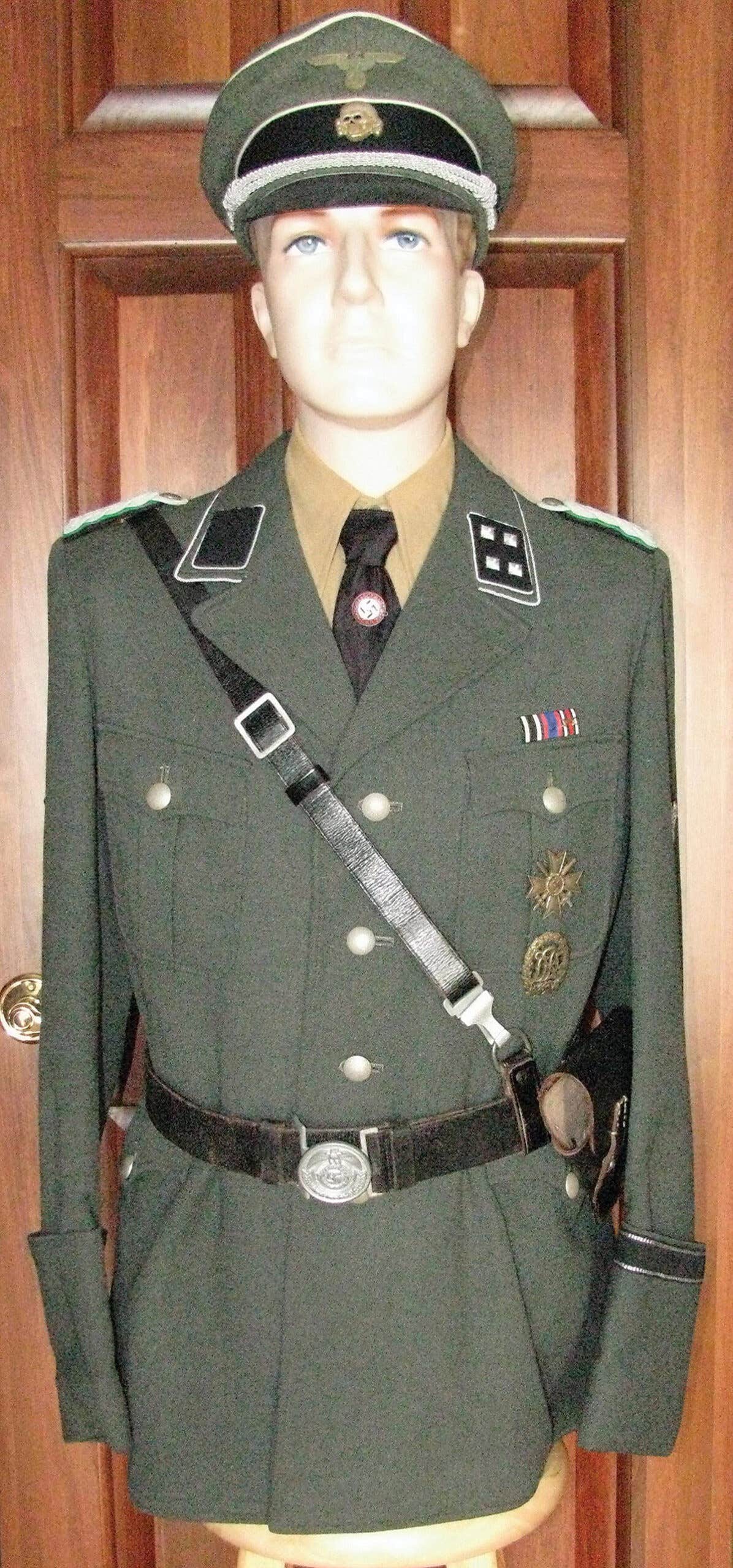Using Sports, Germany prepared for War
Collectible artifacts and relics show how the Nazis used sporting events and competitions in the Third Reich prior to WWII
Whether played in multi-million dollar arenas, simple backyard, lots or pursued as an individual pastime, twenty-first century sports, have become an important part of our society. For many, they are welcome diversions in day-to-day living. Sports in the Third Reich, on the other hand, were not only used as a distraction, they intentionally molded the country’s youth into a fighting force able to conquer Europe.
Sporting organizations had been prevalent in Germany since the middle of the nineteenth century. Middle and upper class patrons joined gymnastic clubs, swimming teams, bicycle touring companies, and many other sports-based organizations for entertainment and social mingling.
As Adolf Hitler and the Nationalsozialistische Deutsche Arbeiterpartei (NSDAP —Nazi Party) began their rise to power in the 1920s, they promoted sports organizations as a way to attract and “harden” the youth needed for the National Socialist movement. The members of early Hitler Youth groups spent a large portion of their time in sporting events, cultivating both team work and individual initiative. Their leaders watched to see which children within the ranks displayed early leadership qualities. Kids attended summer camps where swimming, archery, foot races, “chariot pulls,” and many other physical exercises were used to provide both camaraderie and military training. Awards and promotions were given within the Hitler Youth based on a member’s ability to perform physical tests and meeting strictly prescribed criteria. For members who were physically handicapped, modified tests were available, so they could participate with their companions.
When Hitler came to power in 1933, most of the Nazi labor, professional and other sanctioned groups of the Reich emphasized sporting. By 1934, sporting organizations in the Third Reich came under the authority of the Nationalsozialistischer Reichsbund für Leibesübungen (NSRL — National Socialist League of the Reich for Physical Exercise), the state-run sports umbrella organization of the NSDAP.
NSRL flags and banners were often flown during major sporting events across the country. The flags consisted of a red field with white circle and vertical stripes surrounding a black, closed-winged eagle with a white canted swastika across its chest.
Members of the NSRL wore small antique bronze membership pins (either stick pins or pin back) that displayed the same eagle and swastika. Cloth emblems for the organization could be worn on their sports vests. During the 1936 Olympic games, German athletes wore an NSRL-style eagle patch in red, white, and black on their athletic clothing.
Beginning in 1935, 18-year-old youths were required to enter the Reichsarbeitsdienst (RAD — German labor corps, a carryover of the 1931 Weimar Republic’s Freiwilliger Arbeitsdienst — FAD — volunteer labor service). There, they trained for 6 months before the men entered military service. While in the RAD, both men and women participated in many of the same endurance sporting events as the Hitler Youth, but (for the males) with even more emphasis on military training.
AWARDS ACROSS MANY ORGANIZATIONS
One of the largest paramilitary groups that had been decisive in helping Hitler come to power was the Sturmabteilung (SA — storm troopers). The SA originated a myriad of sporting events based on military style defensive, endurance and wheeled sports.
In 1933, SA leader, Ernst Röhm instituted the SA-Sportsabzeichen (SA Sports Badge). To qualify for the badge, an SA man had to pass tests of gymnastics, defense, and agricultural pursuits.
The bronzed, pin-back, round oak leaf badge supported a cut-out 57mm up-pointed sword in the middle that was faced by a canted swastika. The reverse of the badge bore a serial number that corresponded to the certificate given to the recipient. Miniature versions were produced to be worn on civilian clothing, most commonly as a stick pin. Later on, copies of the SA sports badge were produced in cloth to be worn on sport sweatshirts and warm up suits.
By 1935, Hitler had proclaimed that the SA badge could be earned by members of other paramilitary and youth groups. The basic criteria changed to make awards in silver and gold. Four years later, in 1939, the name of the award was changed to the SA - Wehrabzeichen (SA Military Defense Badge).
In 1943, a new badge was introduced named the SA- Wehrabzeichen für Kriegsversehrte (SA Military Defense Badge for War Wounded). Handicapped soldiers wishing to maintain their athletic abilities could earn the badge despite their physical limitations.
The Deutsches Reichssportabzeichen (German National Sports Award, instituted by the NSDAP in 1933) had begun as a national sporting award in 1913. To qualify for the bronze grade, a male or female participant (at minimum, 18 years old) was tested in gymnastics, physical strength, speed, water sports, and endurance training. After 8 years of passing the bronze tests, a participant was awarded a silver badge. A gold badge was awarded to silver recipients after a further series of tests and for older participants passing a single 12-month period.
The badges were constructed as a oval wreath (48mm X 39mm) tied with a bow at the base. The cut-out center contained the script letters of “DRA” until 1933 when it was changed to “DRL.” In 1937, a canted swastika was added above the bow at the wreath base. Cloth versions were produced to be worn on a recipient’s sports vest, as were miniature stickpins and pin backs for lapel wear.
The DRL awarded individual competition awards to participants for swimming, golf, billiards, table tennis, bowling and a variety of other sports. These awards were constructed of ornate by-fold booklets inscribed with the type of sport, the date of issue and competitor’s name. Metal oak leaves and colorful cords were attached to the pages as an added accent.
Since earning awards was required for acceptance and promotion within many of the paramilitary groups, obtaining the SA and DRL badges became mandatory. Obtaining these awards was necessary for the members of the Schutzstaffel (SS — Hitler’s elite private army and body guard).
For people under the age of 18, the Reichsjugendsportabzeichen (National youth sporting award) was instituted in 1935 for boys, and 1937 for girls. This small (15mm) round silver wreath enclosed the script lettering of “RJA” under which a swastika was added in 1937. The pin was mostly issued as a stickpin, with a female version having small bars extending on either side, and coming in a pin back mounting. Here again, age and gender appropriate tests were administered for the children to qualify for their respective badges.
The German Heer (army), Kriegsmarine (navy), and Luftwaffe” (air force) all stressed sports in their training to both strengthen the endurance of their soldiers and to build team work for future combat teams. Military men could often be seen wearing SA or DRL sports badges on their uniforms. In addition, policemen also sported SA and DRL badges, as many officers across the Reich took part in sporting competitions and events.
Motorsports were well regarded by citizens of the Reich, since many people (especially those in rural areas) could not afford to privately own or operate motor vehicles. As such, men joined paramilitary organizations such as the Nationalsozialistisches Kraftfahrkorps NSKK —National Socialist Motor Corps, in order to gain access to vehicles. Races and rallies were common place with young drivers and mechanics being trained to drive and care for motorcycles, autos, and trucks.
Other clubs such as the Deutscher Segler Verband (German Sailing Association) and the Deutscher Luftsportverband (DLV — German Air Sports Association) taught the members how to maneuver boats along the water, or steer gliders and small aircraft across the open skies.
For those interested in bicycles, the Deutscher Radfahrer Verband (DRV — German bicycle Association) provided a social meeting place for others with the same interests. Long, sponsored rallies, trips, and bike races fueled the love of the two- wheeled sport.
The Deutscher Schutzen Verband (DSV — German Shooting Association) promoted marksmanship for those interested in acquiring these skills. Shooting events had taken place for generations in Germany, and during the Third Reich, these competitions continued with even greater vitality.
The effects of the National Socialists’ craze for physical fitness became apparent in the 1936 Olympics. German athletes took first place overall with 33 gold, 26 silver, and 30 bronze medals. In second place, the United States took home 24 gold, 20 silver, and 12 bronze awards.
In the fall of 1939, the results of this national obsession for sports and fitness came to fruition. Hardened by years of mandatory training, millions of young German men and women swept across Europe while most of the world idly watched.
You may also like:
*As an Amazon Associate, Military Trader / Military Vehicles earns from qualifying purchases.
Chris William has been a long-time member of the collecting community, contributor to Military Trader, and author of the book, Third Reich Collectibles: Identification and Price Guide.
"I love to learn new facts about the world wars, and have had the good fortune to know many veterans and collectors over the years."
"Please keep their history alive to pass on to future generations".




